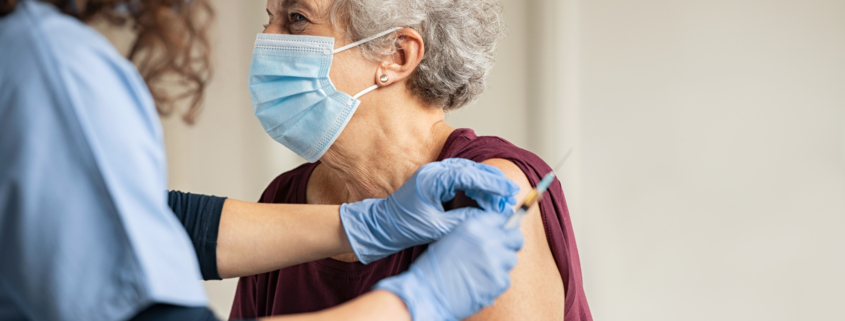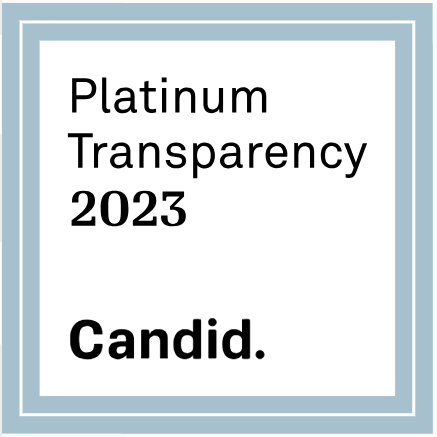NLSLA Pushes for More Equitable Vaccine Distribution
While the pandemic continues to challenge all of us, these last few months have been especially devastating for the communities NLSLA serves. Yet these communities have been left behind when it comes to vaccine access. County data shows Black and Latino neighborhoods have significantly lower vaccination rates. Residents in these neighborhoods have struggled to snag fleeting appointments on online portals, and to make sense of confusing messaging around eligibility requirements. Many also depend on public transportation and cannot easily access vaccination sites.
This month, NLSLA joined forces with other members of OneLA – a network of churches, synagogues, schools and nonprofits – to urge officials to address this dangerous disparity by focusing on vaccinating residents in neighborhoods like El Monte, South Central LA, Boyle Heights and Pacoima.
“We are urging LA County to bring the vaccine directly to the people who need it the most,” said NLSLA President & CEO Yvonne Mariajimenez, who participated in a virtual press conference earlier this month to draw attention to the issue and propose solutions.
A recent New York Times article about the virus’s relentless spread through Los Angeles’ low-income neighborhoods said “nowhere else in America can the unequal toll of the virus be felt more dramatically.” Pacoima, where NLSLA’s largest office is located, has one of the highest case rates in the nation—five times the rate of Santa Monica, a much whiter, wealthier neighborhood.
A lack of economic opportunity has meant that many members of these communities must continue to perform low-wage jobs with high exposure. A lack of access to affordable housing has forced low-income families into overcrowded apartments and homes, where the virus spreads with ease. And a persistent lack of meaningful access to healthcare has led to frighteningly high levels of serious illness and death.
The coalition is calling for a more targeted approach to vaccinating the hardest-hit neighborhoods, including mobile vaccination teams, a simplified registration process, and door-to-door canvassing.
“Living in these communities means you are more likely to become infected, more likely to get very sick, and less likely to receive life-saving care,” Mariajimenez said. “If we want to stop the spread and the devastation, this is where we have to focus. We can’t afford not to.”



